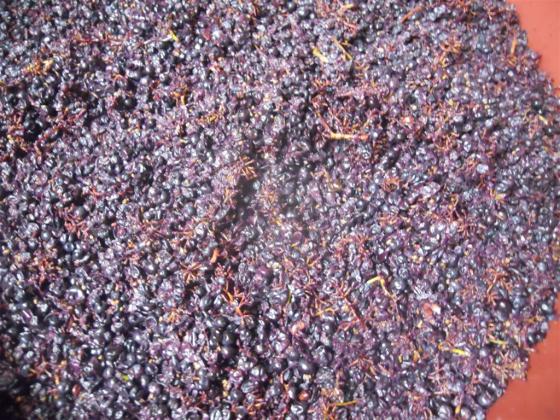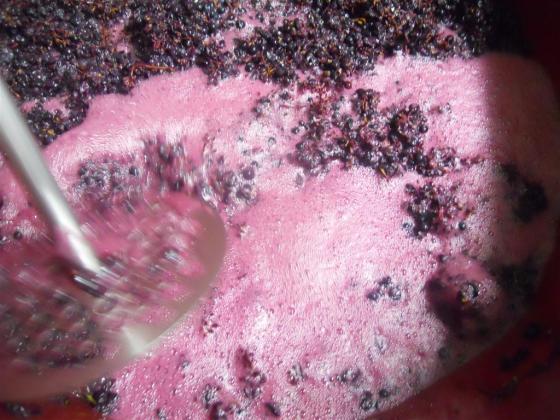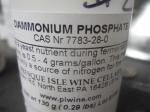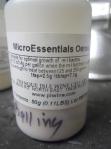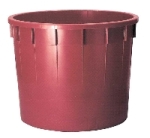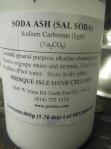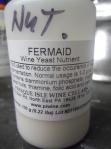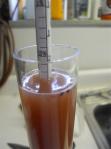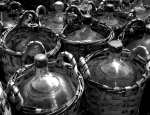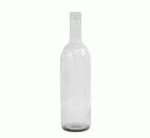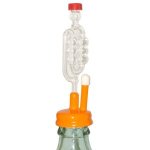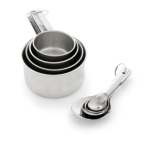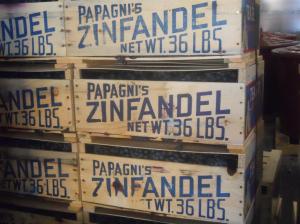Step 1: The Equipment: Getting Started – Early October – A list of everything you need to make wine and where to find it.
Step 2: Grape Selection – A guide to choosing the right grape.
Step 3: Sanitizing – The importance of maintaining a clean work area and proper sanitizing procedures.
WINEMAKING (October/November)
Day 1: Sorting and Treading – The first day of the wine-making process, including stomping on the grapes.
Today we pick up where we left off…
It’s the day after we sorted and stomped our grapes.
Punching & Fermentation:
Every day, 12 hours apart, punch down the “cap” of grapes (shown above) with the steel puncher or dowel. You must also take a hydrometer reading daily. Punch down 2x day until the hydrometer reads 3% – 5%; that should take 3 – 6 days. The grapes will begin to look like this…Nice!
When the hydrometer reads between 3% and 5% it’s time to add the nutrients to the vat of fermenting grapes.
- DAP (Fermaid) – dissolve less than 1/2 teaspoon per gallon of potential wine in some warm water and add to the vat
- Microessentials – use at a rate of 1/4 teaspoon per gallon. Dissolve in warm water and mix with some of the wine then add to the vat.
- Viniflora – it is very important to keep this refrigerated until use. Add this directly to the vat with minimal air contact; open the package directly into the vat. Immediately punch down the grapes and briefly stir. Wait 2 minutes then punch and stir again. Wait 2 minutes, punch and stir. Repeat this process for 20 minutes.
- Cover the vat and continue punching down the cap 2x day. Take a hydrometer reading every day until it reads between 0 and -1.
When the hydrometer reads 0 or -1…It’s Time To Press the Grapes!!
That’s what we’ll do next…Press the Grapes Into Juice.
~
© Giovanni Cucullo 2011
